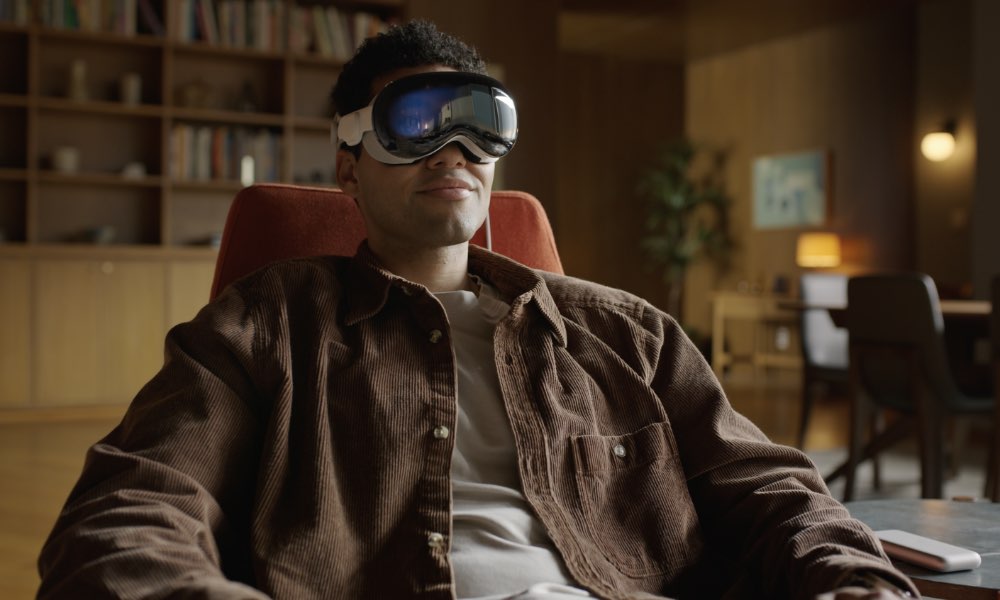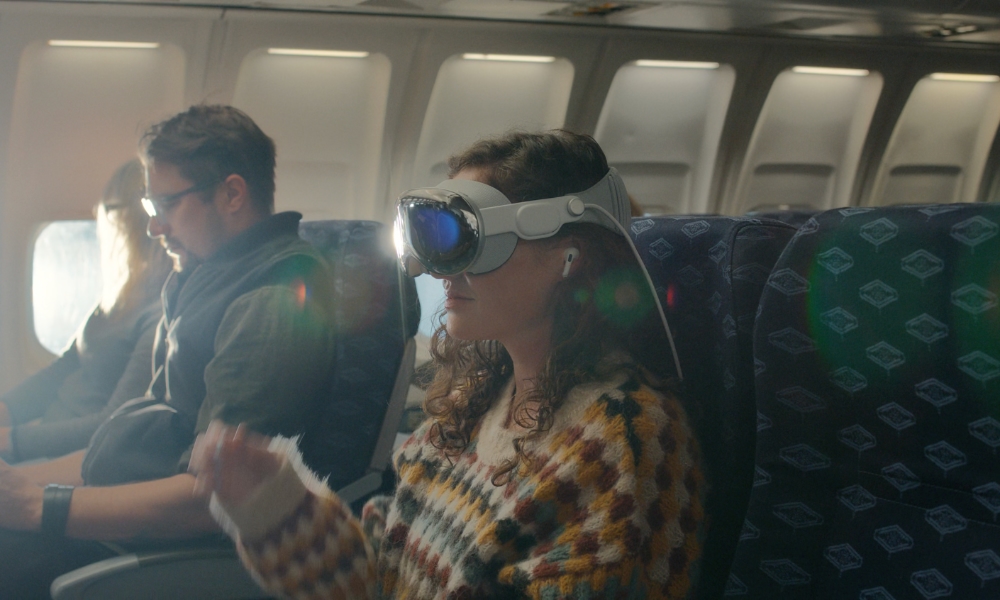The Apple Vision Pro Has a Speed Limit

Toggle Dark Mode
While most folks won’t get their hands on Apple’s exciting new Vision Pro mixed-reality headset until early next year, developers are already playing with the visionOS beta software and development tools to get apps ready for the new experiences — and they’re discovering some interesting things about Apple’s headset along the way.
For instance, we learned early on that the cameras won’t be openly accessible by third-party apps; for security and privacy, Apple will filter everything that comes into the headset so that apps won’t even be able to tell what direction you’re looking in, much less what you’re looking at.
The visionOS beta also revealed a “guest mode” feature that can be used to let others try out your Vision Pro without giving them access to your personal data, plus a “travel mode” to ensure a less awkward user experience when using it in the confined space of an aircraft.
A Headset for ‘Couch Potatoes’
Contrary to the dream of seamless augmented reality ‘Apple Glasses’ that we’ve been hearing about for years, the first-generation Vision Pro won’t be the kind of headset you’ll be able to move around much with.
To be fair, that’s obvious from its physical design. Not only is it bulky and heavy, but it requires an external battery pack that can only power it for about two hours between charges. Not practical as the sort of thing you’ll likely even walk around the house with, much less out on the street.
However, it appears that also extends to the visionOS software that runs on Apple’s mixed-realty headset. After poking around in some code last week, the folks at 9to5Mac discovered that the Vision Pro has some restrictions on how fast you’ll be able to move while wearing it.
While they weren’t able to determine exactly what those limits are, the system has alert messages that read “Moving at Unsafe Speed” and “Virtual content has temporarily been hidden until you return to a safe speed.”
It’s unclear whether these limitations are there for safety reasons to prevent users from hurting themselves by moving too fast or doing dangerous things like wearing the Vision Pro while driving or simply due to the headset’s inability to keep up with rendering a fast-moving virtual environment.
This might be one reason for the existence of the Travel Mode feature. Since Apple clearly showed the Vision Pro being used on an airplane, it obviously intends for it to be used this way, so it could disable the speed limit sensors. That’s assuming those sensors measure absolute speed and not merely the wearer’s motion relative to their surroundings.
It appears the Vision Pro also has a “safe zone” that could limit its usefulness for many interactive apps that focus on broad ranges of movement, such as fitness and competitive sports simulations. This was noted by Hans Karlsson, chief technology officer of Mimir, a Japan-based VR creative agency.
It’s also backed up by the visionOS developer documentation, which explains the feature more concisely, along with the reason for it:
When you start a fully immersive experience, visionOS defines a system boundary that extends 1.5 meters from the initial position of the person’s head. If their head moves outside of that zone, the system automatically stops the immersive experience and turns on the external video again. This feature is an assistant to help prevent someone from colliding with objects.
Notably, Apple describes this limitation as only affecting “a fully immersive experience,” which means it may still theoretically be possible for mixed-reality apps to work across a broader range of motion. For instance, while immersing the wearer in a pool hall may not work, a developer might be able to simply present the necessary game elements, such as a pool table, in the current real-world physical room.
The 1.5 meters described in Apple’s documentation also extends in every direction, meaning it’s actually a 10’ x 10’ zone, which should be more than adequate for many purposes. It’s also probably not much less than the open space most people will have available to work with.
Nevertheless, of all the things Apple showed off about the Vision Pro during its 45-minute WWDC presentation, not one of them included any active sports or fitness applications. When you consider how much Apple typically focuses on fitness and health, that’s a pretty conspicuous omission, which suggests that Apple knows its first-generation Vision Pro won’t be ready to handle those types of experiences.
To be clear, VR is being positioned as a somewhat narrow subset of Vision Pro use cases out of the gate. Apple also has a vested interest in playing a heavy hand with how VR is used on device. However, the company is open to VR-related applications/development.— Neil Cybart (@neilcybart) June 27, 2023
As analyst Neil Cybart points out, it’s also important to remember that this is a mixed-reality headset, with the VR aspects forming only a tiny part of it. Most of what Apple showed off during the Vision Pro unveiling were augmented-reality (AR) experiences, overlaying virtual objects into the wearer’s real-world environment. The VR aspects were limited to presenting relatively static “environments” for the user to enjoy, with less emphasis on user interaction within them. That doesn’t mean developers can’t fill that void, but it’s clear that Apple is trying to position the Vision Pro as something new and innovative rather than just a more expensive Meta Quest.








